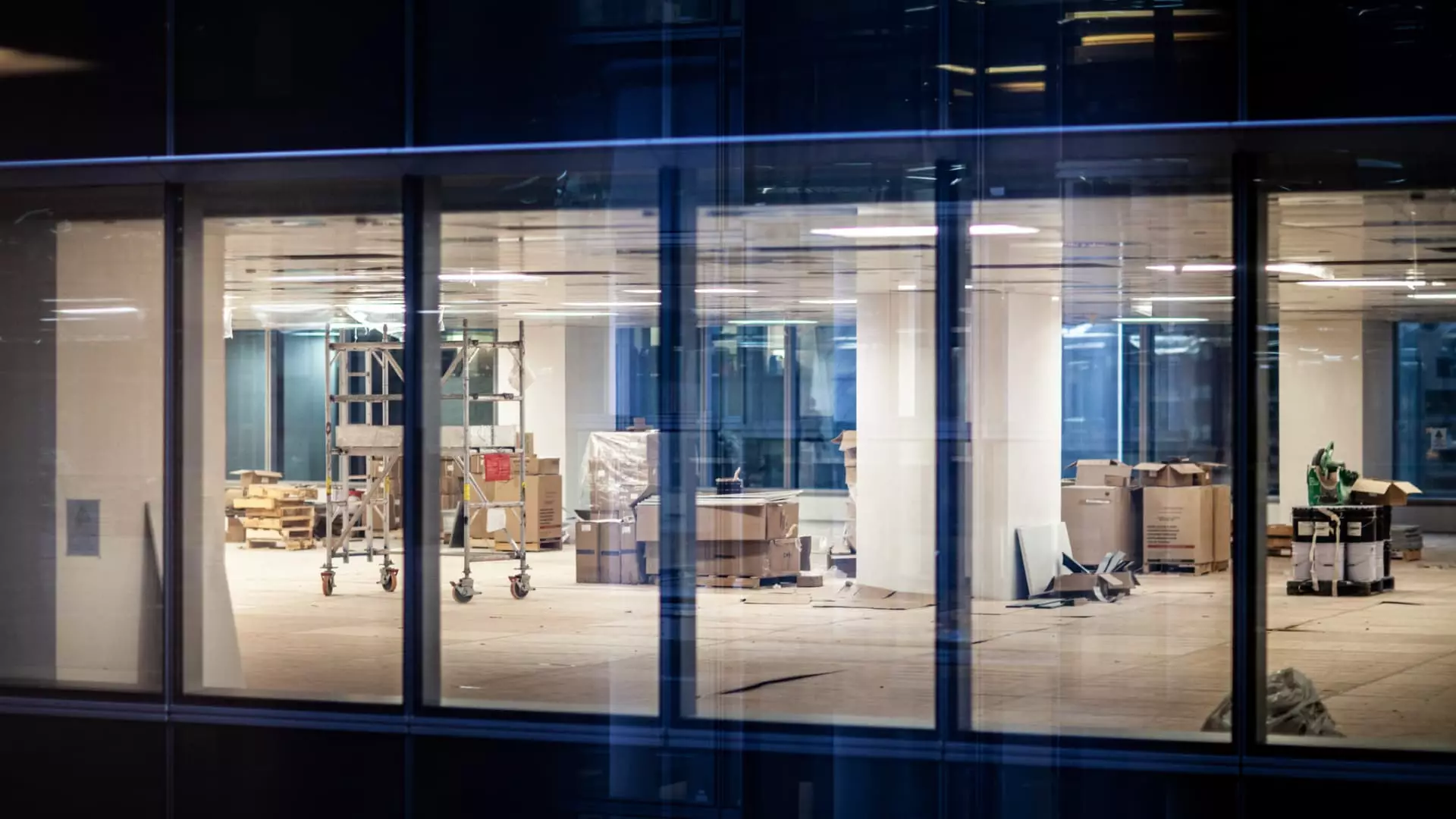For years, the U.S. office market appeared to be a resilient and stable cornerstone of the economy, quietly humming along despite fluctuations and global uncertainties. Yet, recent data reveals a starkly different reality—one that exposes underlying vulnerabilities and signals a looming crisis that could reshape commercial real estate as we know it. The latest figures underscore that the supposed resilience is nothing more than fragile veneer, crumbling under the weight of geopolitical tensions, trade policies, and economic indecision. Far from a stable pillar, the office sector now teeters on the edge of contraction, reflecting systemic weaknesses that demand bold reevaluation.
Tariffs: The Hidden Catalyst of Decline
One of the most insidious factors fueling this downturn is the resurgence of tariffs. What is often dismissed as mere trade policy debris has profound implications for the real estate landscape. The recent decline in office demand—marked by a 23% drop in inquiries and a 26% decrease in sought-after square footage—aligns temporally with the return of tariffs and escalating trade tensions. Max Saia’s insight—that tariffs quickly impact capital markets—illuminates how interconnected these forces truly are. When tariffs rise, investor confidence wanes, and the flow of new tenants diminishes rapidly. This isn’t just a minor headwind; it represents a structural shift that threatens to undermine the very foundation of office space viability.
The fact that more square footage is set to be removed from the market than added through new development for the first time in decades intensifies this concern. Such a reversal signifies more than a temporary slowdown—it highlights a systemic retreat from the traditional office model, driven by economic uncertainty and retaliatory trade policies. The market’s fragile response to these external shocks reveals an underlying fragility that could spiral further if policy turbulence persists.
Geopolitical and Domestic Turmoil Converge
The complexities extend beyond tariffs. The geopolitical landscape—highlighted by conflicts like Iran and Israel—injects additional layers of unpredictability that further dampen investor enthusiasm. Meanwhile, domestic political maneuvers, including recent budget discussions and potential tariff fluctuations, contribute to a climate of hesitation characterized by “uncertainty.” Such an environment stifles investment, curtails tenant demand, and accelerates the withdrawal of office space. This isn’t merely a cyclical downturn; it’s a manifestation of a broader crisis rooted in geopolitical, economic, and policy-driven insecurities.
The impact of these factors is magnified by the hesitance of tenants to commit to long-term leases amid fluctuating tariffs and unpredictable government actions. The stalls and setbacks observed post-banking crisis are now becoming a characteristic of the current market climate. Rather than recovering swiftly as before, the market appears to be caught in a downward spiral, with initial rebounds failing to gain sustained momentum.
The Political Economy and Its Reckless Consequences
Underlying all these issues is a reckoning with the current political climate—one that balances center-wing liberal values with pragmatic economic stewardship. While liberal policymakers often advocate for stability and strategic engagement, recent policy missteps—such as the escalation of tariffs and insufficient international diplomacy—serve only to amplify economic turbulence. Instead of fostering an environment conducive to growth and stability, these actions inject volatility, amplifying fears of a prolonged downturn.
Moreover, the broader structural shifts, including the decline in demand for traditional office spaces, challenge the traditional liberal ideal of economic openness and stability. It forces a pivotal question: should policy prioritize short-term protectionism or embrace the potential for adaptive resilience? The path chosen will determine whether the market stabilizes or plunges further into disarray. It is imperative that policymakers recognize the signs of impending crisis and pivot toward strategic measures that protect economic stability, rather than exacerbate uncertainty through retaliatory tariffs and geopolitical bravado.
The current trajectory of the U.S. office market is a stark warning. It exposes how interconnected and fragile our economic structures are, vulnerable to external shocks that can quickly unravel years of perceived growth. This isn’t just a market correction; it’s a systemic warning sign that the foundational assumptions about resilience and stability need urgent reevaluation. Without deliberate policy intervention and a shift toward stability, the office sector risks a protracted decline that could reshape the future of commercial real estate—and, by extension, our broader economic landscape.

